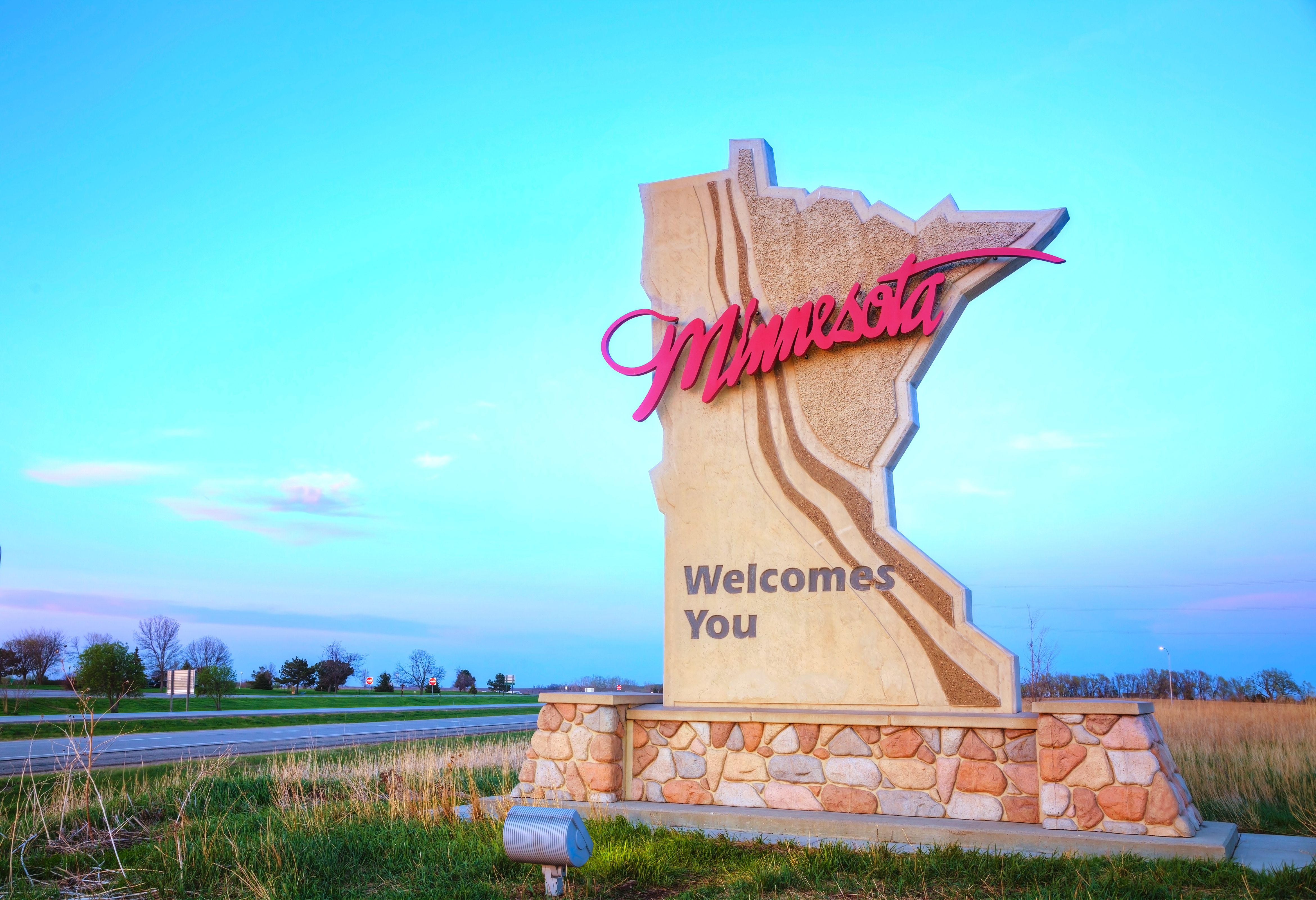Article
Combatting Health Care Burnout Will Require an Extreme Focus on Wellbeing
Author(s):
Vibhas Ratanjee is a senior practice expert with Gallup, based in Gallup's Irvine, California office. Vibhas is a well-known speaker and author and has contributed several articles on leadership and organizational development as well as how new technology will alter the future of work and the customer experience. His writing has featured in several global publications, including the Gallup Business Journal and the Harvard Business Review. Vibhas specializes in organizational development, culture change, and executive-level engagement strategies, including strengths-based leadership and succession management. Vibhas is also an executive coach and a leadership consultant to senior executives and CEOs. Vibhas works extensively in the health care and financial services sector.
This article was co-wrote by Vibhas Ratanjee and Karen Drenkard. Drenkard is associate dean of Clinical Practice and Community Engagement at The George Washington University School of Nursing.
Health care workers fighting COVID-19 are physically, mentally and emotionally taxed. So staving caregiver burnout, which affects 76% of full-time employees, might seem like a tall order right now.
But leaders who prioritize caregivers’ wellbeing can improve their resilience, engagement and performance — and in turn, promote patient outcomes. For example, a recent Gallup survey of 2175 US health care workers shows that health care workers who strongly agree that their employer cares about their wellbeing are 2.3x more likely to feel “well prepared” to do their job than caregivers who can’t say the same.
Unfortunately, less than half (49%) of health care workers strongly agree their employer cares about their wellbeing. This means leaders and clinicians need a proactive burnout strategy now — even as they focus on surge efforts and the aftermath.
Though some caregivers in more affected regions are highly vulnerable to burnout, all leaders should address employees’ needs. Younger workers might not have experienced this level of psychological distress at work, and COVID-19 can irrevocably shape their perspective and practice of medicine. A holistic wellbeing strategy can not only mitigate burnout in the near-term, but also support a thriving work culture after the crisis.
The following strategies can help leaders fight burnout through the crisis.
Clarify your dedication
Caregivers need to know their leaders have their back. But only 47% of health care workers strongly agree their employer has communicated a clear COVID-19 plan, and even fewer (36%) strongly agree that if they follow their organization’s health policies regarding COVID-19, they will be safe.
Leaders must reiterate their commitment to workers’ safety and clarify how their strategies support that priority. Gallup analytics show that unclear communication from managers increases burnout — meaning leaders can create hope by providing consistent, clear, transparent updates.
Leaders should select specific times and situations in which updates can most effectively instill hope, such as daily huddles. For example, leaders can round on frontline workers to provide updates regarding PPE and listen to workers’ concerns. The best leaders maintain two-way, open communication with caregivers and encourage employees to voice their needs.
Recognize employees’ efforts
Many health care workers are accustomed to demanding job requirements, but they’re not immune to emotional exhaustion. Thirty-one percent of health care workers say they experienced sadness the previous day of the crisis. And most health care workers report experiencing worry (58%) and stress (63%) the previous day.
Recognizing caregivers’ efforts can lessen their emotional burden. Leaders should celebrate successes, relay their gratitude and show compassion for caregivers’ sacrifices.
Leaders should also equip team leaders to support a community of recognition. For example, one hospital has used “hope huddles” to share uplifting internal news and stories. Leaders can foster resilience by facilitating peer support and encouraging teams to showcase triumphs.
Further, workplace recognition motivates employees and makes them feel valued for their work. In turn, employee engagement and productivity increase. Gallup research shows that the most effective recognition is authentic, honest and individualized to how each employee wants to be recognized.
Address financial wellbeing
Like many Americans, health care workers are facing unusual financial uncertainty.
Clear communication about employees’ options can fight financial worries. According to Gallup Panel data, one-third (33%) of health care workers felt they lacked paid sick leave — yet the CARES Act may provide paid sick leave for many of these workers.
Leaders should relay what they know and provide opportunities for employees to voice their financial questions. Leaders should also share financial resources — such as loan forgiveness options — to provide hope for worried workers.
By acknowledging workers’ concerns and offering helpful information, leaders can demonstrate that they care and lessen burnout.
Combat loneliness and psychological distress
Many health care workers are away from their loved ones for extended periods due to long hours or decisions to self-isolate in temporary living spaces.
So it’s no surprise that many caregivers feel lonely: 26% of health care workers report experiencing loneliness the day before. Another survey regarding caregivers in Wuhan showed that many caregivers fighting COVID-19 reported symptoms of depression, anxiety and insomnia — in fact, 72% reported psychological distress.
Tackling loneliness and distress matters because these factors inhibit caregivers’ wellbeing and contribute to burnout.
To start, leaders can provide relevant resources and opportunities that support caregivers’ wellbeing, including confidential counseling. Even simple, free gestures, such as information about self-care and meditation can fight psychological distress and communicate that leaders’ value employees.
Further, leaders should ensure COVID-19 shift management practices consider employees’ needs and allow employees to sleep, eat and unwind. On an ongoing basis, leaders should hold managers accountable for their important role in supporting caregivers’ wellbeing.
The time to consider caregiver burnout isn’t post-crisis — it’s today. When leaders prioritize employees’ wellbeing, they don’t just care for caregivers — they promote clinical excellence, patient outcomes, community wellbeing and population health.

How Can Employers Leverage the DPP to Improve Diabetes Rates?




